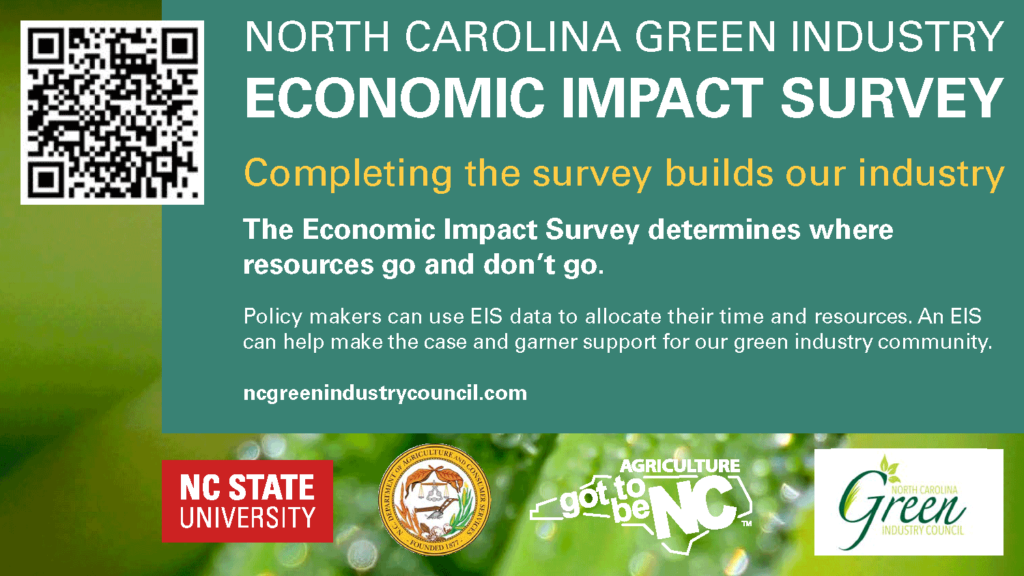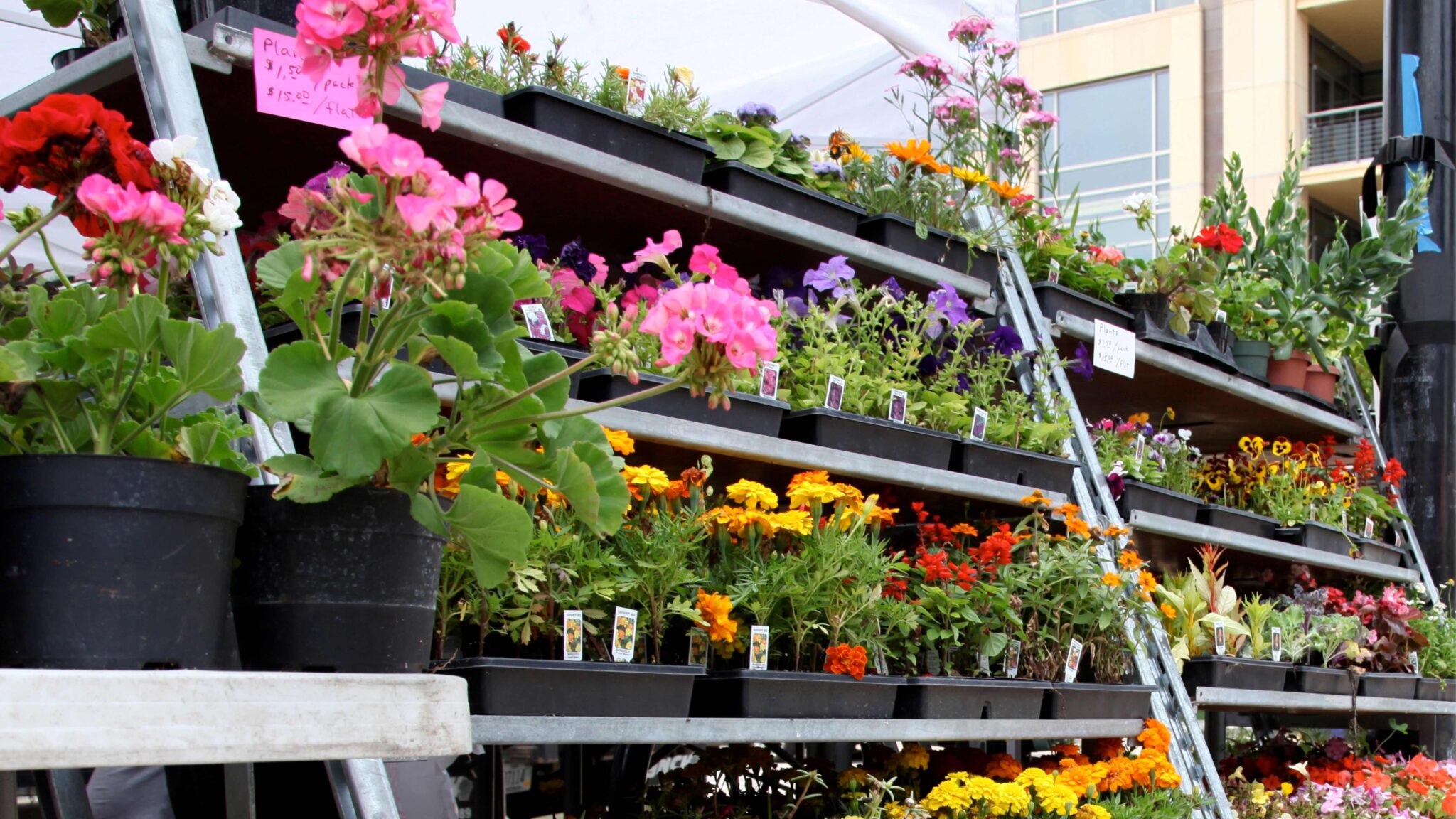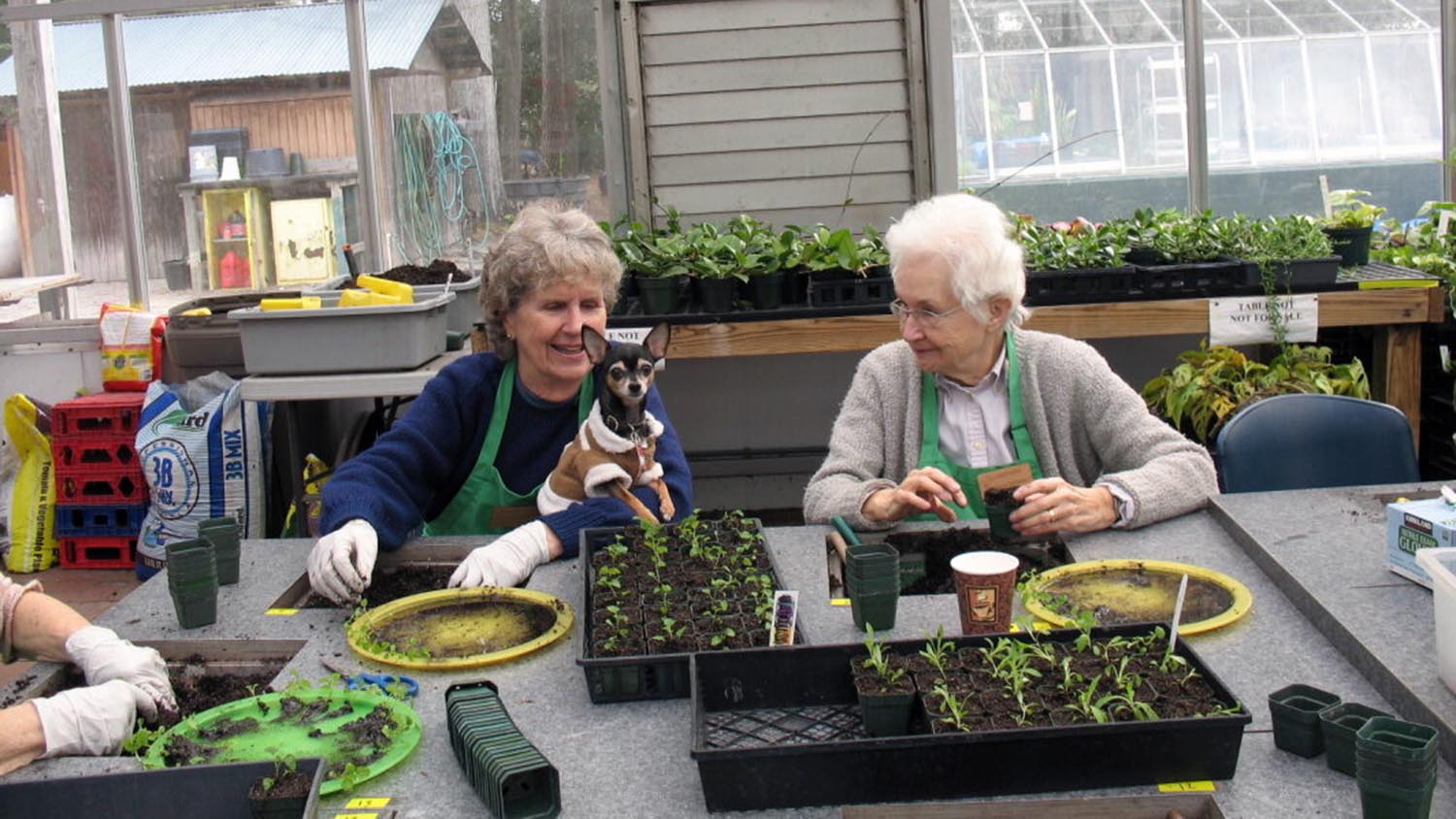Help complete the NC Green Industry Economic Impact Survey!
Heralding a new chapter for North Carolina’s verdant economy, the state’s General Assembly has embarked on a quest to quantify the lush contributions of its green industry. North Carolina State University’s College of Agriculture and Life Sciences is leading this pioneering economic impact study that will break ground, for the first time in two decades, to unravel the growth and significance of the state’s environmental custodians.

Who should complete the survey?
A concerted push by the North Carolina Green Industry Council has borne fruit, as their advocacy is reflected in the Budget Conference Report’s decision to earmark funds for this crucial analysis. The study’s scope is as broad as the industry itself, promising to delve into the economic contributions of a wide array of green industry components at the state, regional, and county levels.
The survey encompasses various facets of the green industry, including:
- Botanic gardens and arboretums
- Christmas tree production
- Composting and compost-use
- Golf courses and country clubs
- Horticulture input and equipment suppliers
- Irrigation systems
- Landscaping and landscape design services
- Nursery, greenhouse, and tree production
- Florists, garden centers, and farm supply retailers
- Parks and airports
- Pine needle production
- Turfgrass production
- Urban forestry
Why conduct the Economic Impact Survey?
There are many reasons why an economic impact study should be conducted. Firstly, it creates awareness of and interest in the green industry. Secondly, it helps establish positive relationships with legislative and media personnel. Thirdly, it helps identify local partners and supporters and allows recognition of those relationships. Fourthly, it establishes the industry as a player in the local and state economy. Lastly, it allows the industry to advertise by identifying its contributions.
The contributions made by the industry to the local and state government’s tax revenues have the potential to improve infrastructure, fund programs, and raise the standard of living for residents.
What is the expected impact of the survey?
The green industry as a whole can benefit significantly from public exposure. An economic impact study can help in breaking down potential barriers to federal, state, and local leaders, while also increasing members’ pride in the organization. It can also increase awareness and interest in the industry, identify the scale of support and engagement that state and federal agencies need to protect and serve the industry and offer an opportunity to establish and maintain a positive image of the organization within the community and media. Moreover, it can open doors for future fundraising projects and may support efforts to work more closely with financial institutions.
What is the duration of the survey?
The study, which commenced in January 2024, is a strategic endeavor to illuminate the green industry’s integral role in job creation and economic propulsion across North Carolina. In a synergistic effort, CALS will join forces with the North Carolina Green Industry Council and the NC Department of Agriculture and Consumer Services to ensure a study that is as thorough as it is impactful. By January 15, 2025, the findings are set to be revealed to the Joint Legislative Oversight Committee on Agriculture and Natural and Economic Resources.
At the helm of this study are Assistant Professors Melinda Knuth and Daniel Tregeagle, esteemed economists from NC State’s Department of Horticultural Science and Department of Agriculture and Resource Economics respectively, whose expertise will chart the course of the industry’s future. Knuth and Tregeagle are further supported by Assistant Professor Rajan Parajuli from the Department of Forestry and Environmental Resources. Their analysis is anticipated to be a beacon that guides the growth of the green industry, highlighting its current stature and paving the way for its blossoming potential. This investment is a testament to North Carolina’s commitment to a green future, with the hope that the study’s revelations will act as a springboard for further economic and environmental achievements.
- Categories:



